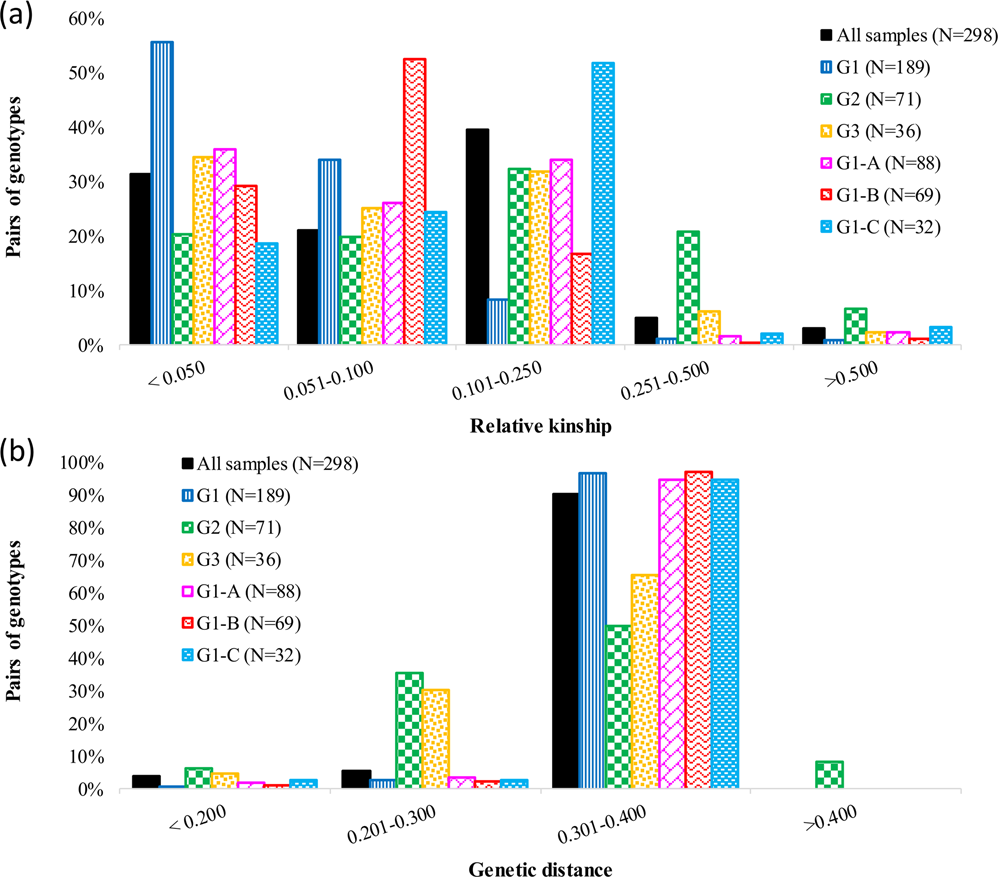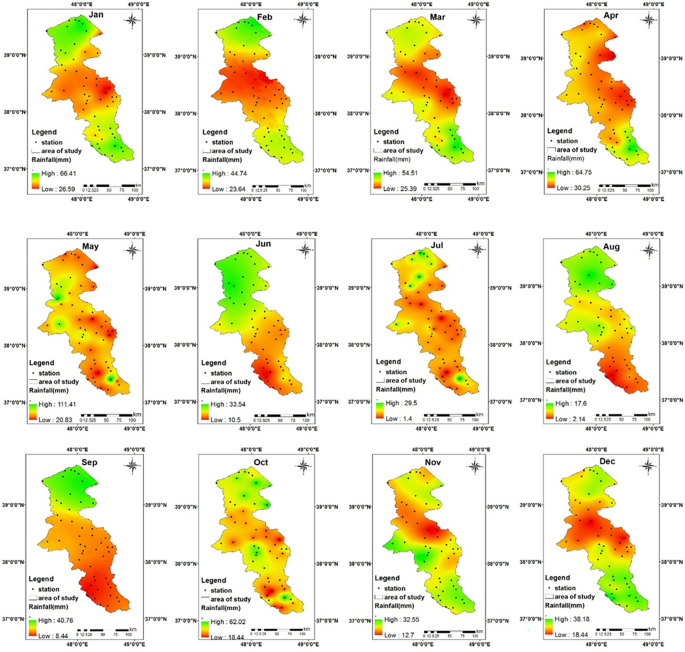

Doing a data analysis in WinDbg yields the following.
#Xlstat a message reg code
As shown in Figure 1, the first section of the code is to massage a collection of names.Īt 0x100037BF, it is copying string "\?\C2CAD.\snifer67" to the area pointed by EDI. Figure 1 shows the first couple of instructions. We now continue the analysis after Tutorial 21.
#Xlstat a message reg driver
(3) Set a breakpoint " bu _+37af" in WinDbg to intercept the driver entry function.ģ. (2) The second " Win_DEBUG" image has to be run in the DEBUG mode and there should be a WinDbg hooked from the host system using COM part - so here, we are doing kernel debugging. Jump to 0x100037AF to start the analysis. See Section 2 of Tutorial 20 for details. To do this, you have to modify the control flow of IMM so that it does not crash on. You don't really need to run the malware on this instance, but just to record all your observations using the. (1) You need a separate image named " Win_Notes" to record and comment the code. In the following we just remind you of several important steps in the configuration: In general we will use the instructions of Section 2 of Tutorial 20.
#Xlstat a message reg how to
We will also study how to use hardware data breakpoint to trace the use of data and kernel data structures. We reveal how Max++ performs another round of driver infection, and how it sets up and hides an infected driver. This tutorial continues the analysis presented in Tutorial 20.



 0 kommentar(er)
0 kommentar(er)
